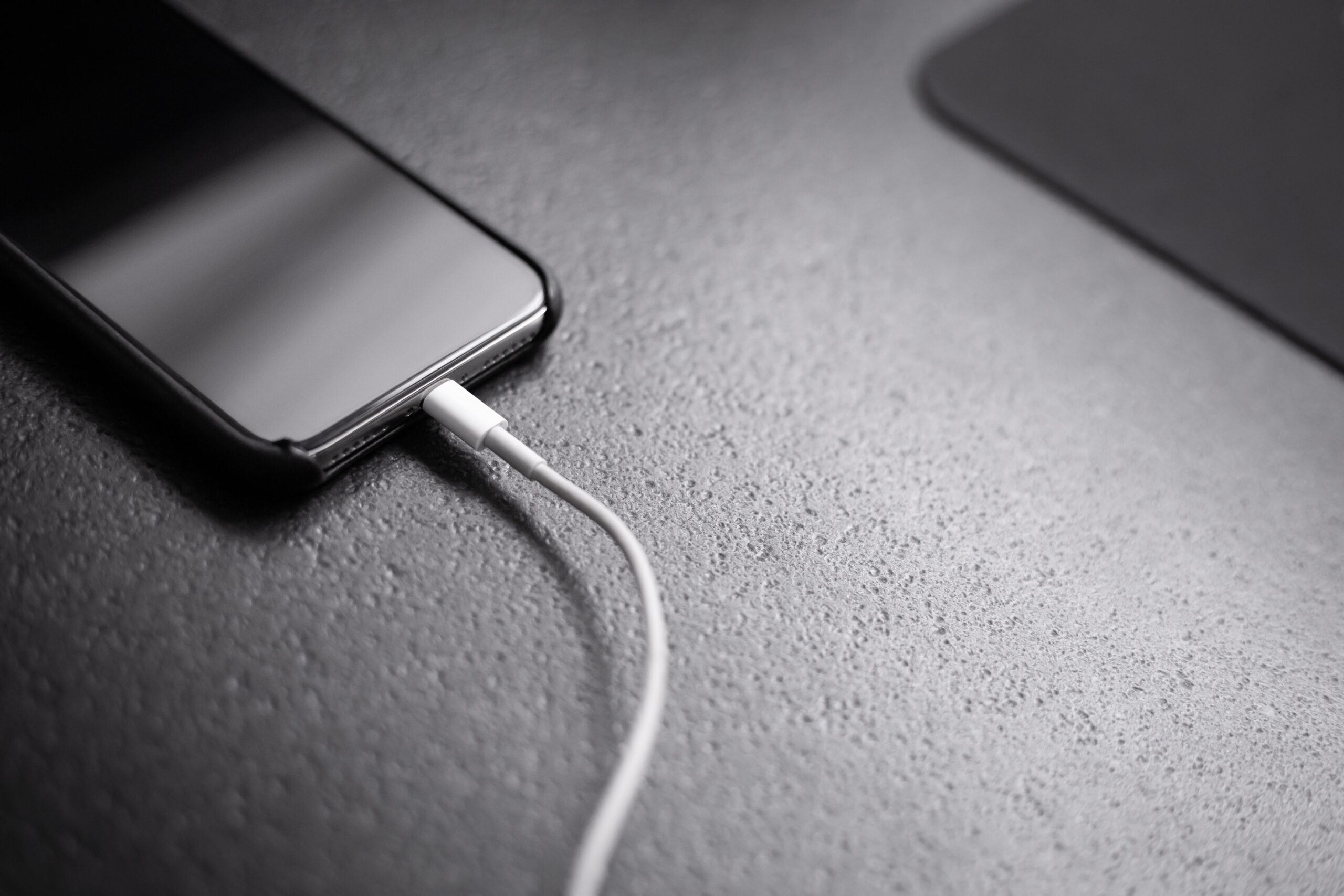The European Union has a simple solution to reduce electronic waste and improve consumers mobile experience – a standard and singular charging port for all types of smartphones.

Currently, the massively popular iPhone uses a completely different charging system to the ubiquitous USB-C port favoured by the majority (but not all) Android phones. This means, if you are running low on power and your friend has a different type of phone you might well be out of luck for a quick charge.
The E.U wants to stop this by forcing phones to use a standardized port. They believe this will curb electronic waste as well as improving peoples experiences with phones.
While this might sound like a minor problem, E.U. households produce a massive 51,000 tonnes of electronic waste each year. Much of it made up of simple electronic items like chargers.
This will be the second time the E.U has pushed for the change. In 2009 the European Commission moved to harmonize phone chargers across devices and in 2014 the E.U. Parliament pushed for consumers to have a single charger for all their devices.
While Apple is always keen to showcase its’ green credentials, the US tech giant is pushing back on regulating chargers. Claiming that if the law came into place then everyone would have to buy a new universal charger and throw away their old ones, a questionable argument if all devices moved towards an existing well-established standard like USB-C.
Currently, nearly 1 billion Apple consumers use its proprietary lightning port. Apple’s argument seems to be that switching away from this would mean the waste sector might be overloaded with defunct lighting accessories?
While this could be true in the short-term, Apple does seem to be moving towards USB-C in its laptops and other devices and it could just be a matter of the US giant dragging its heals to avoid consumer backlash over existing phone accessories being rendered useless if it drops lightning.
In either case, it might well be a short amount of time before everything uses a common standard to charge mobile and portal devices.








